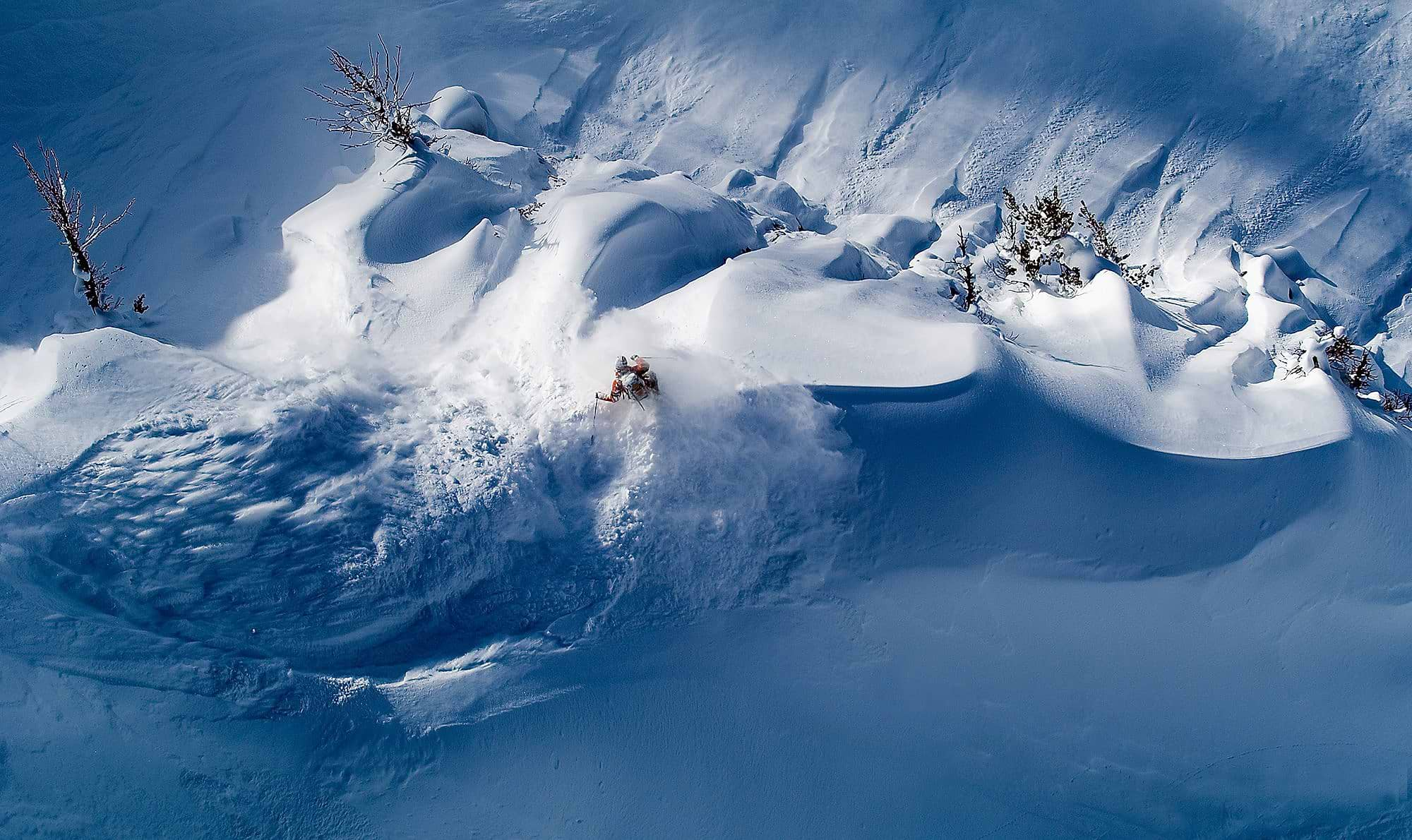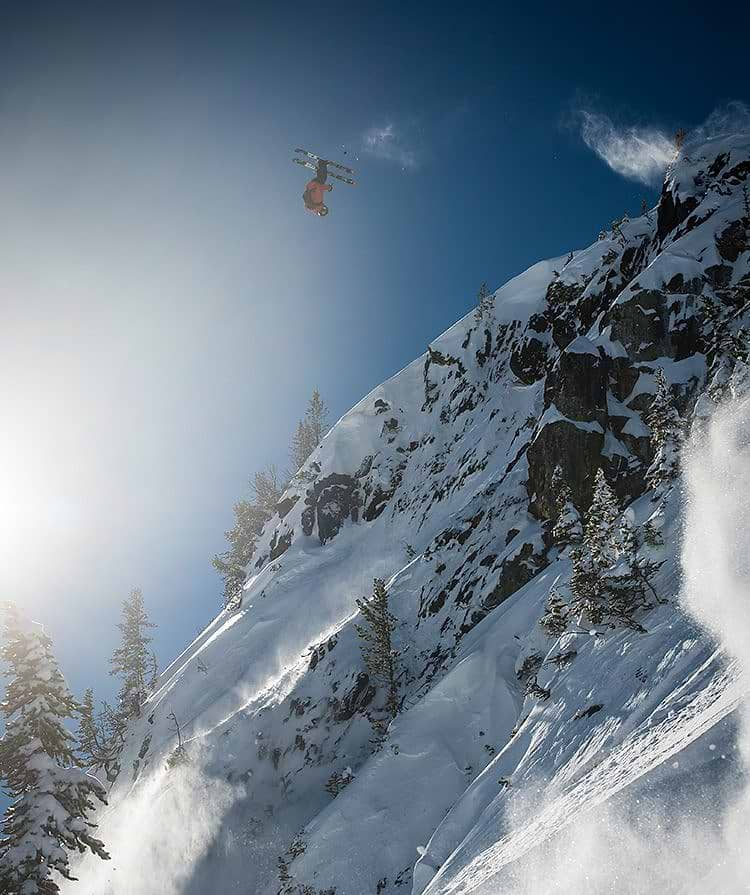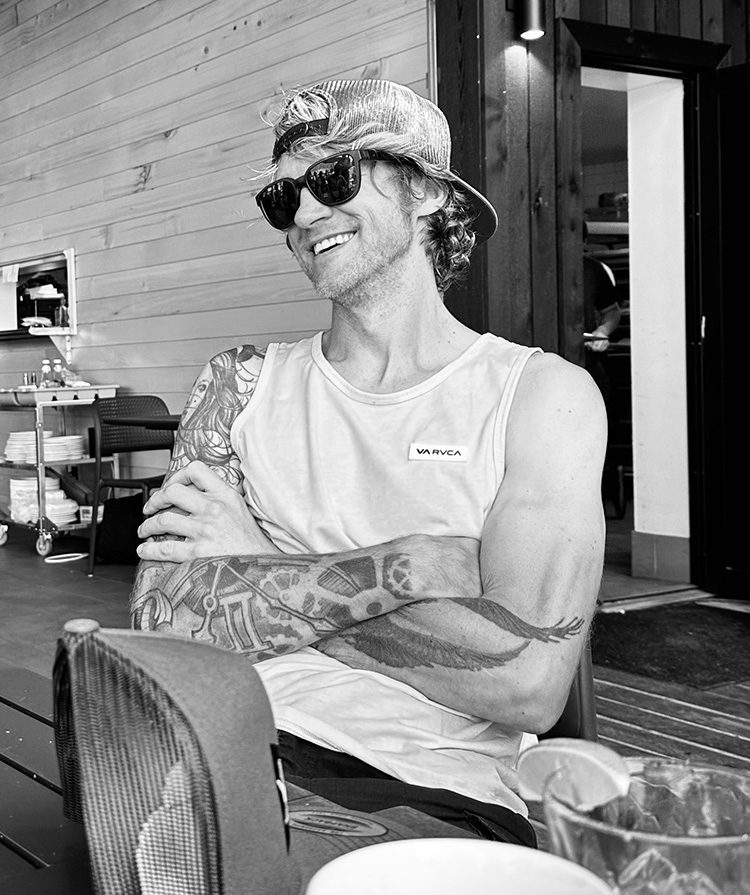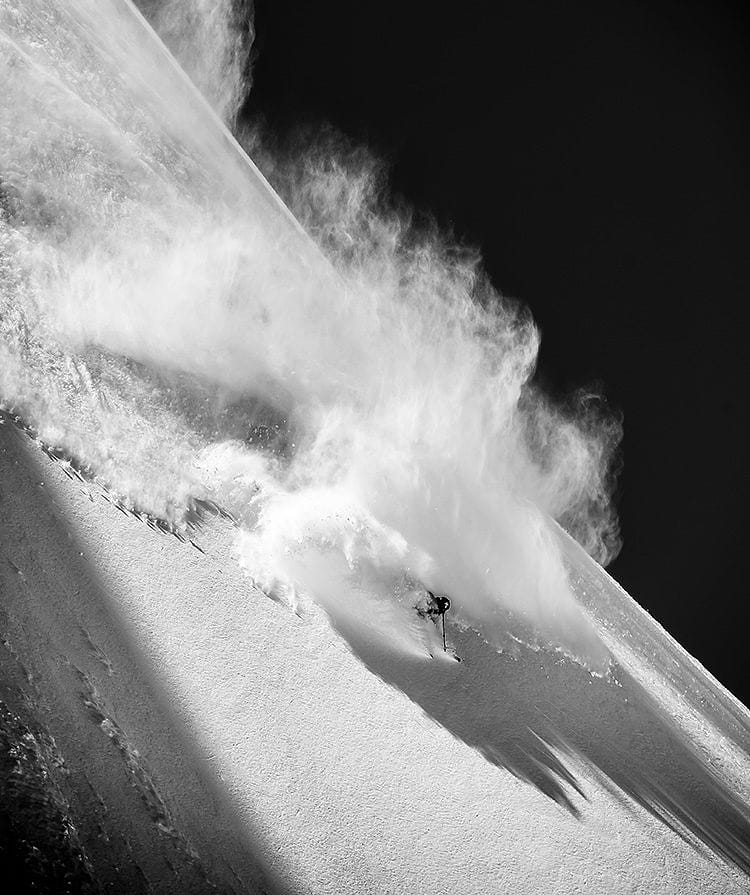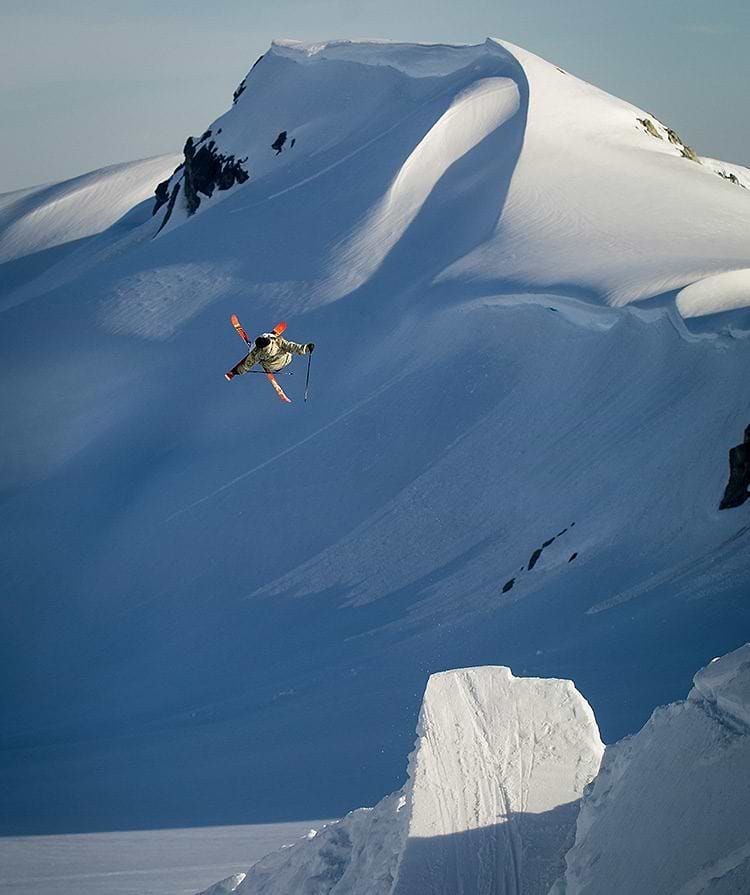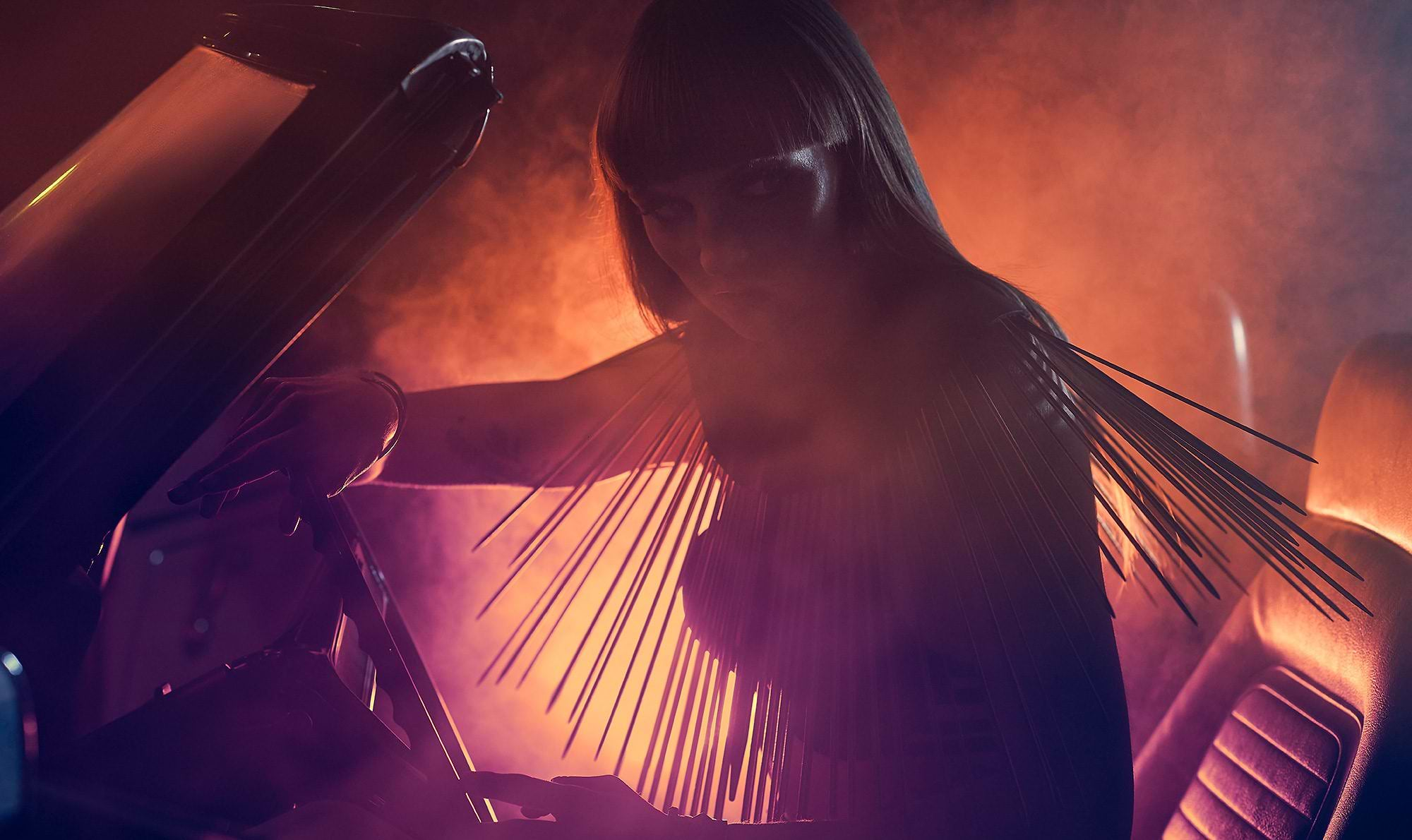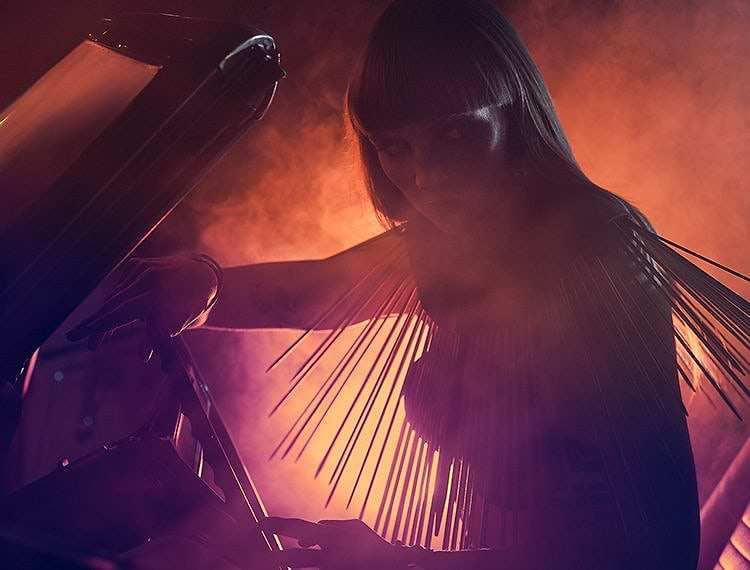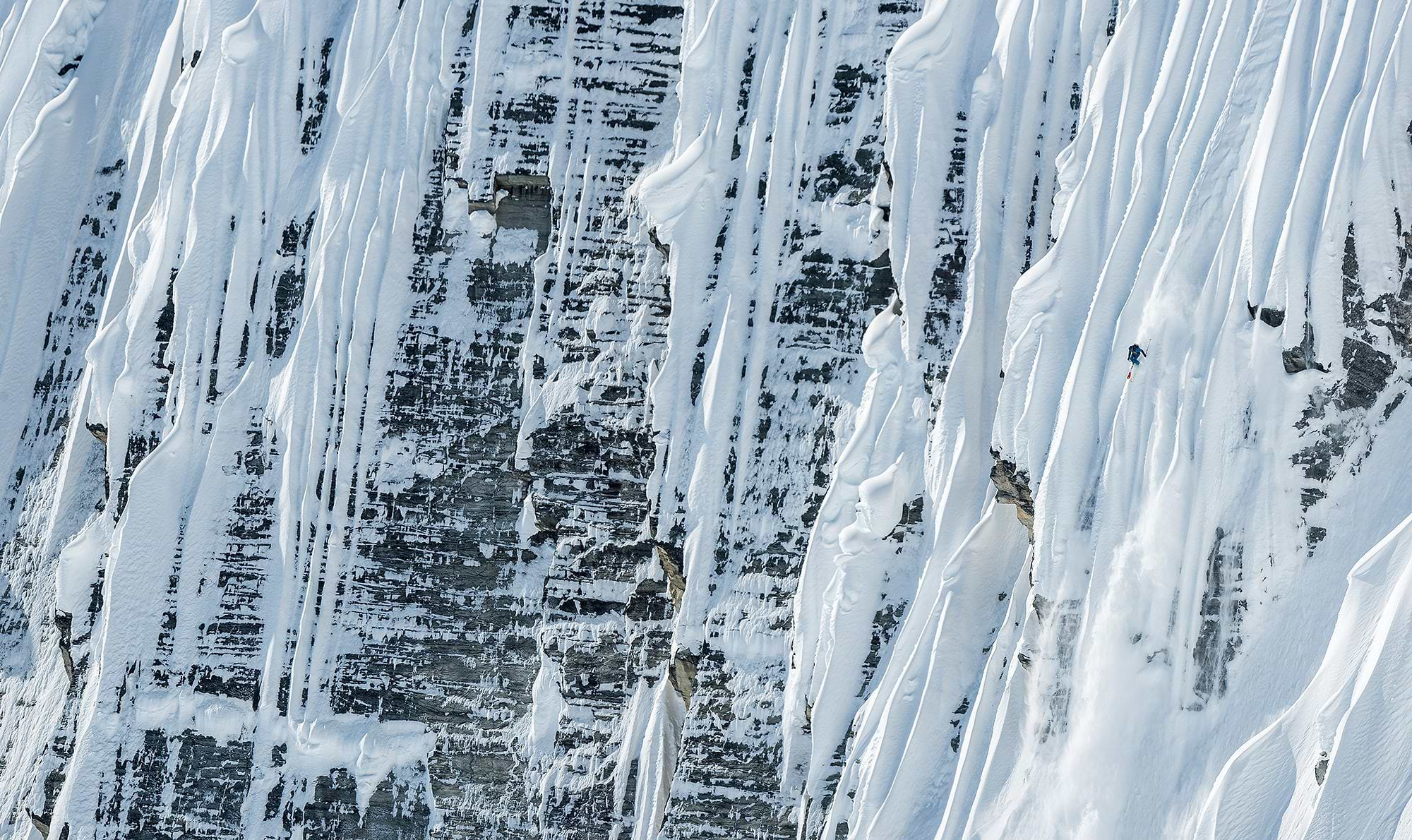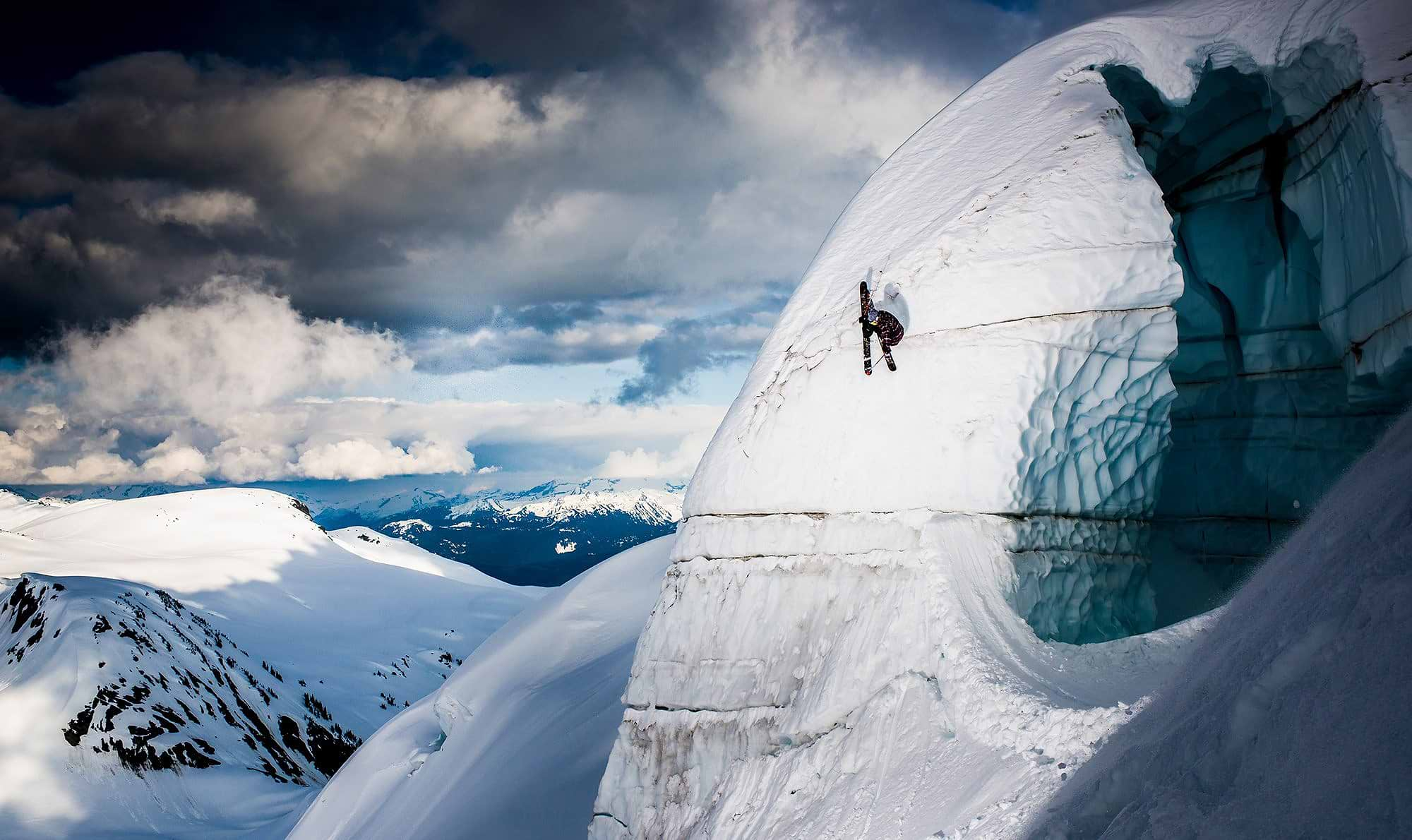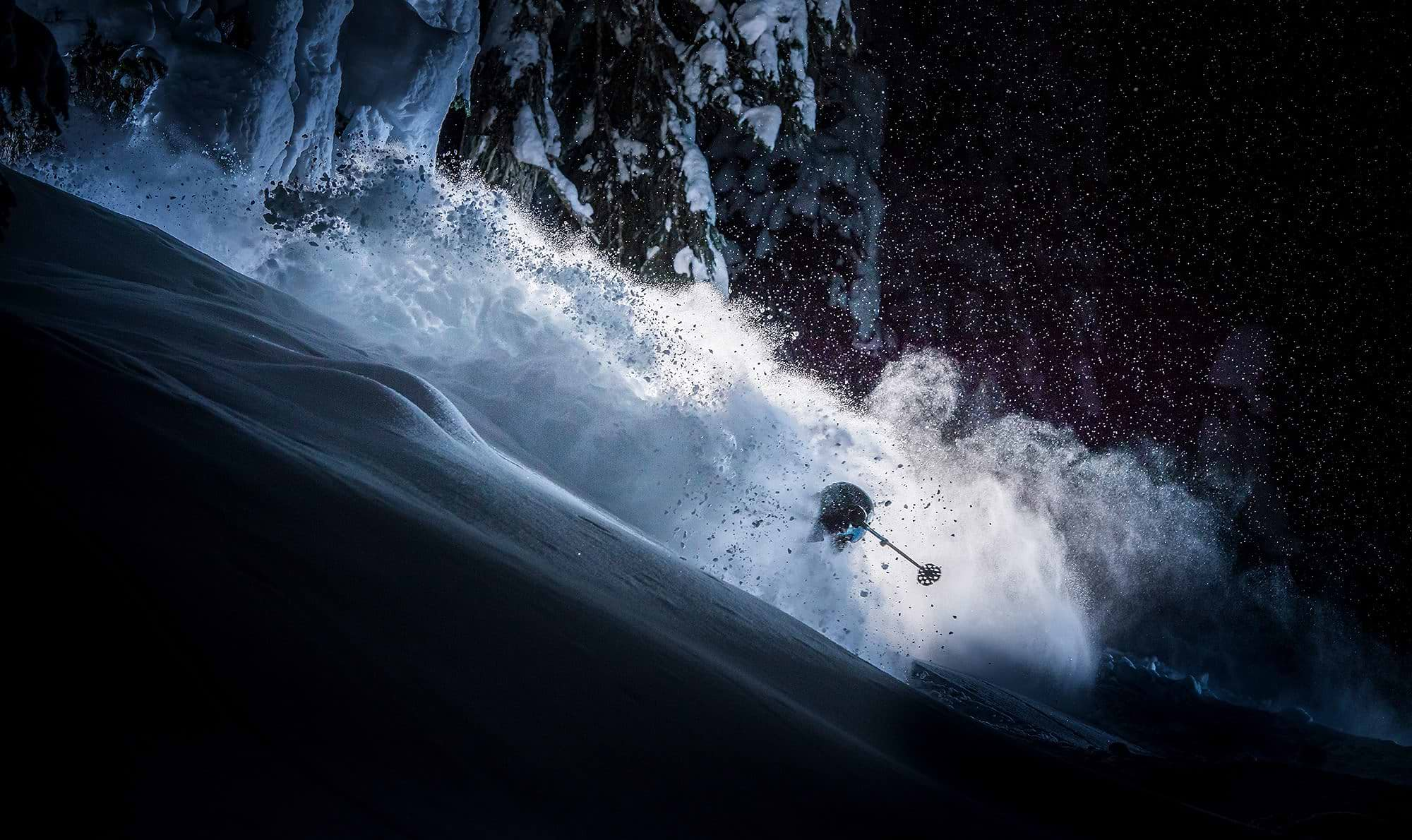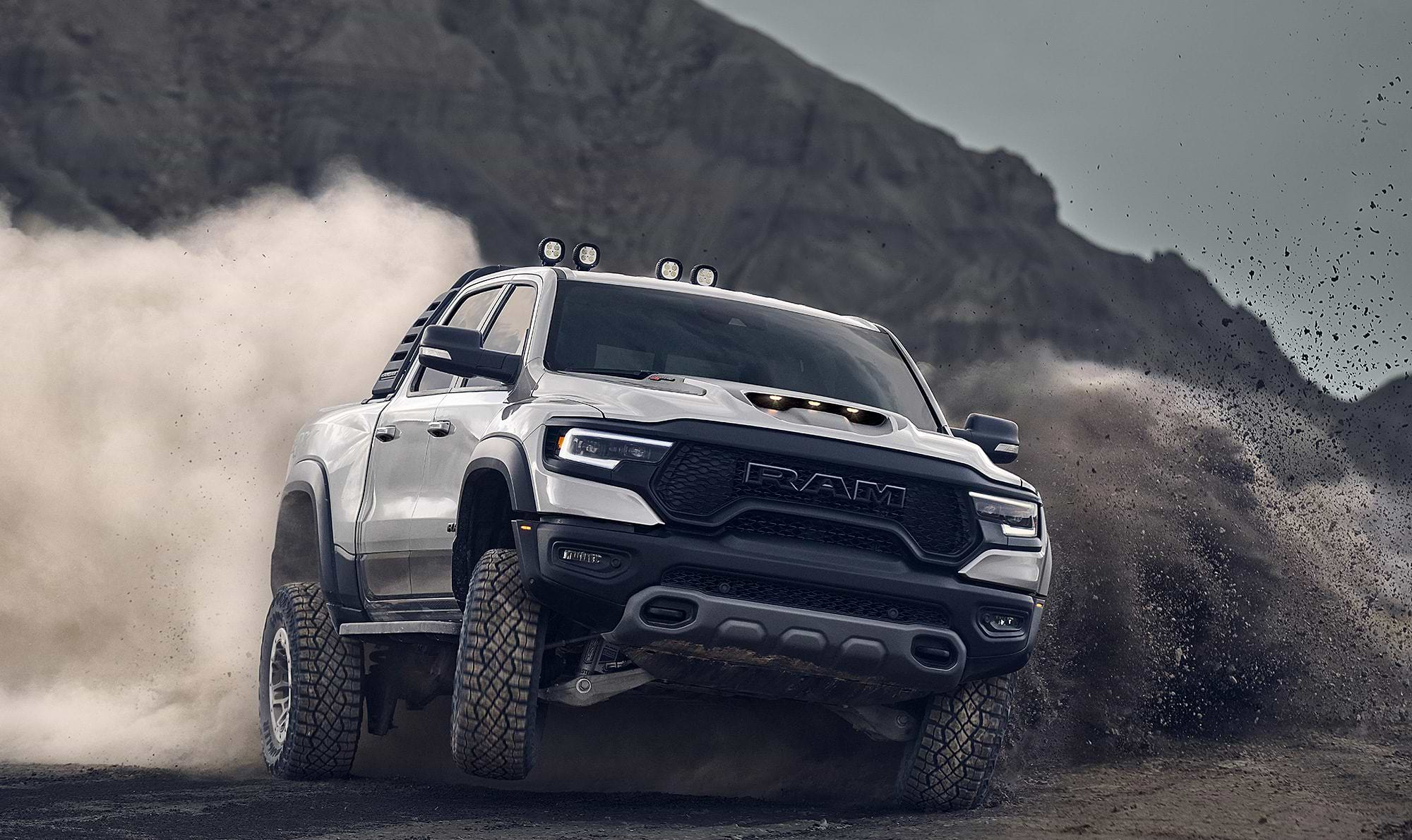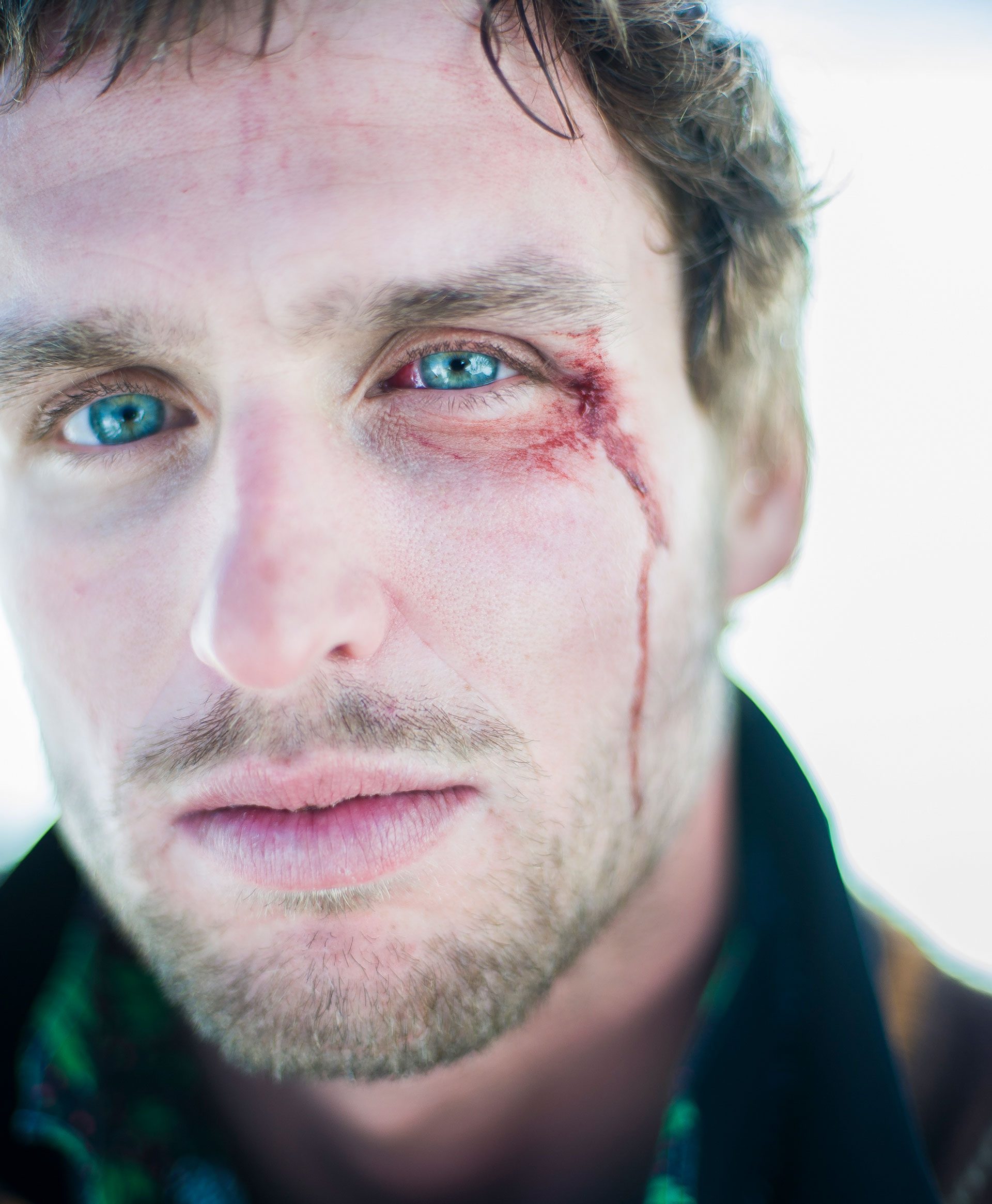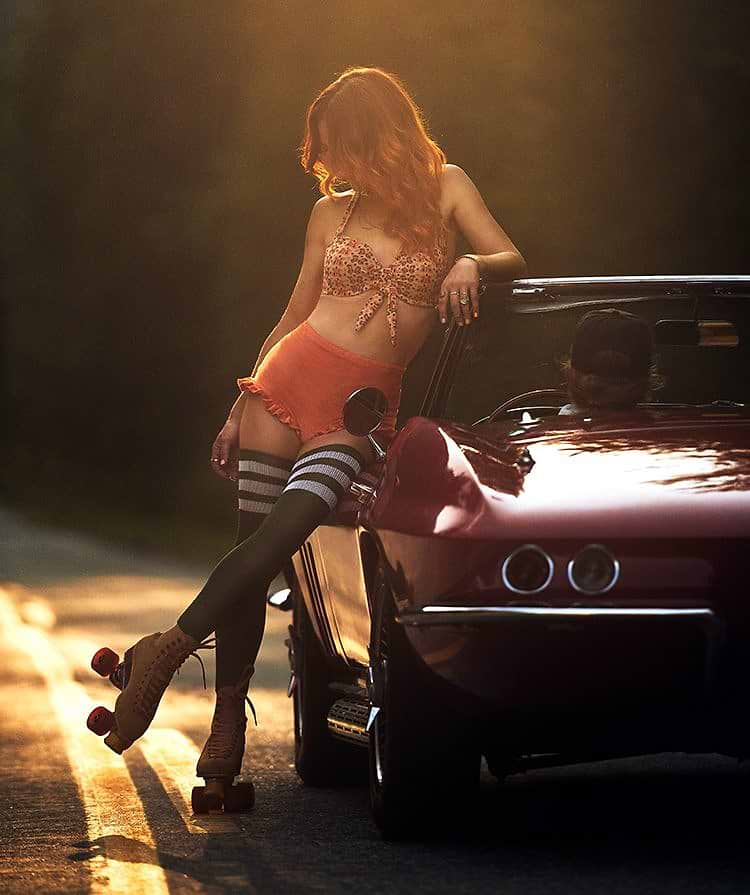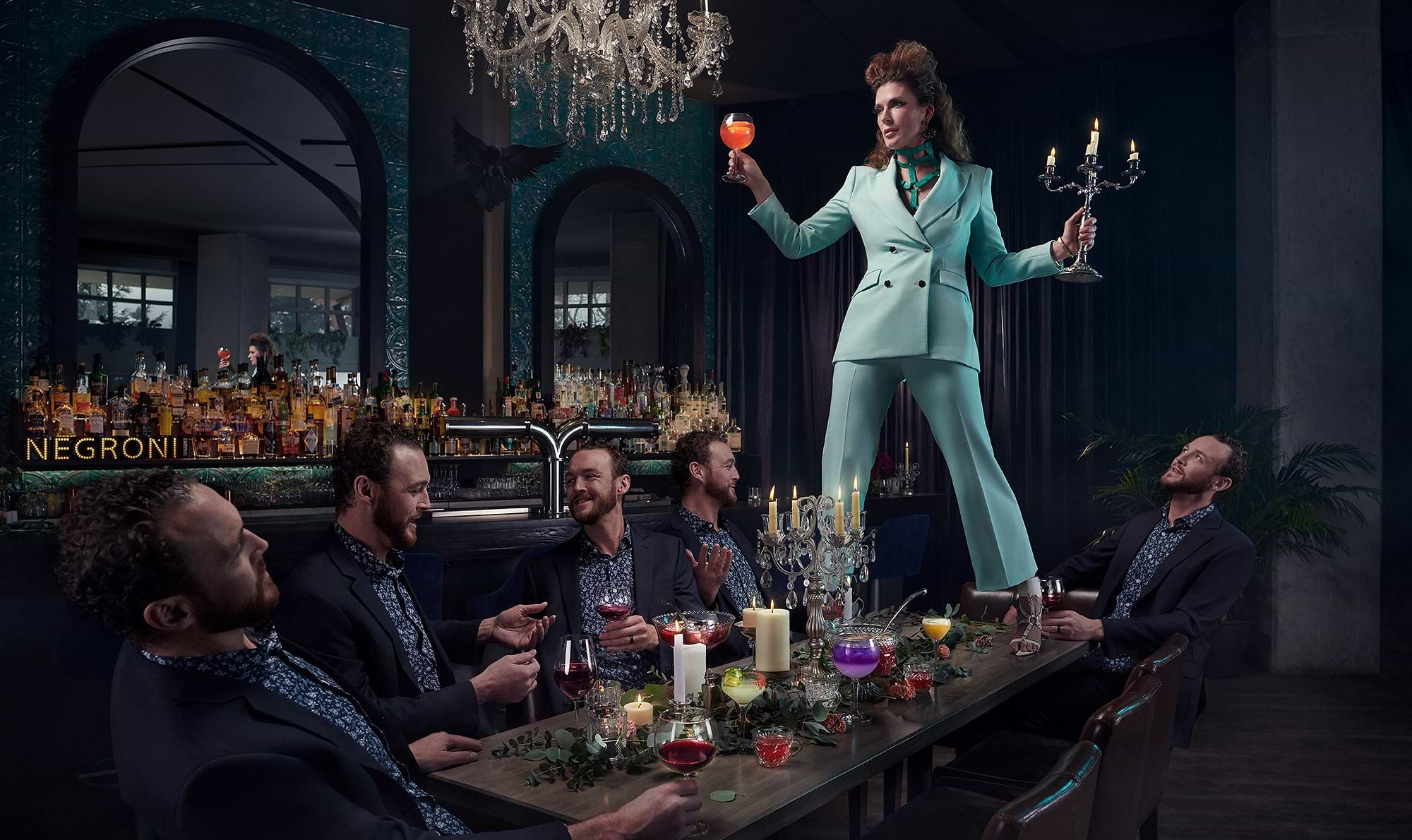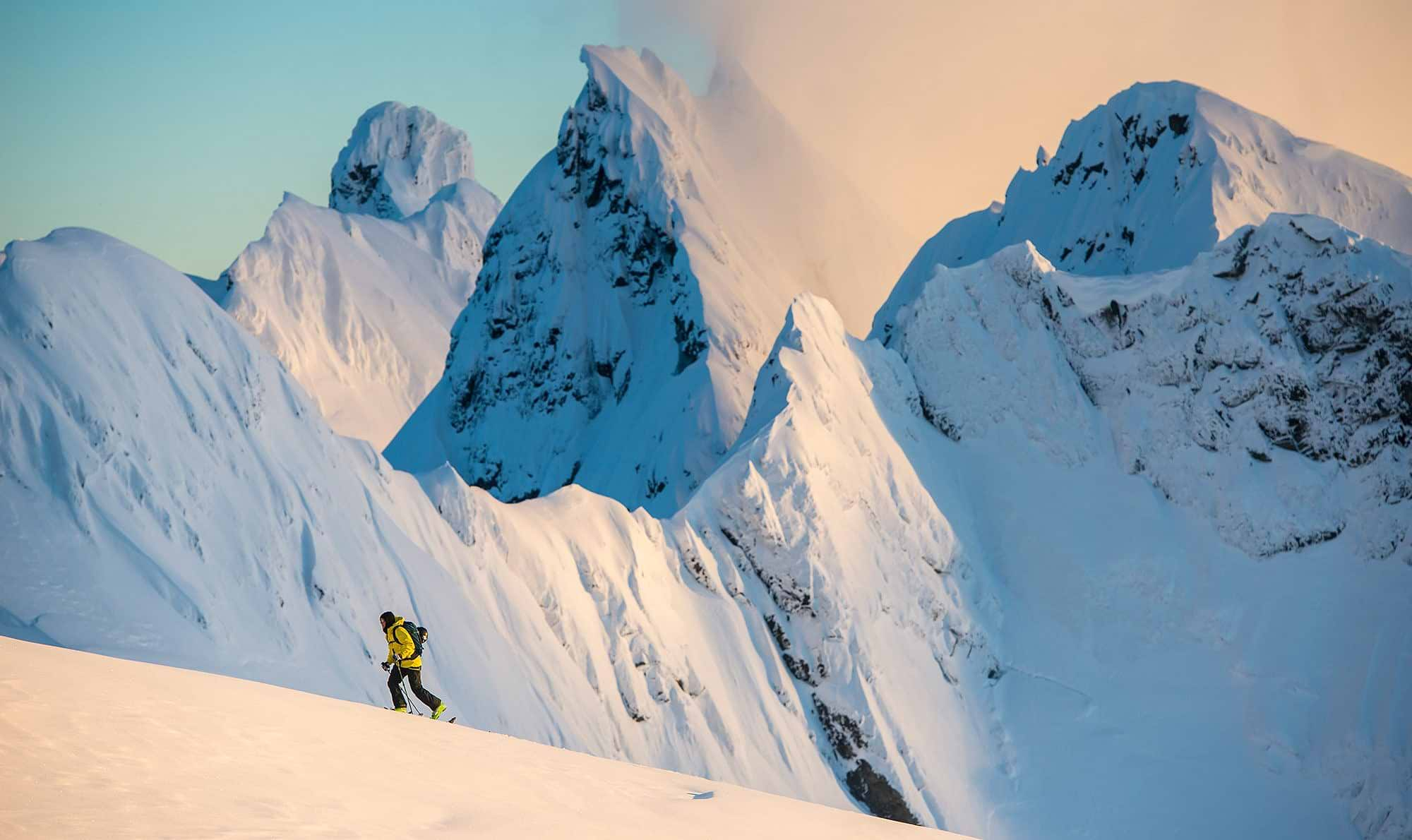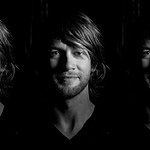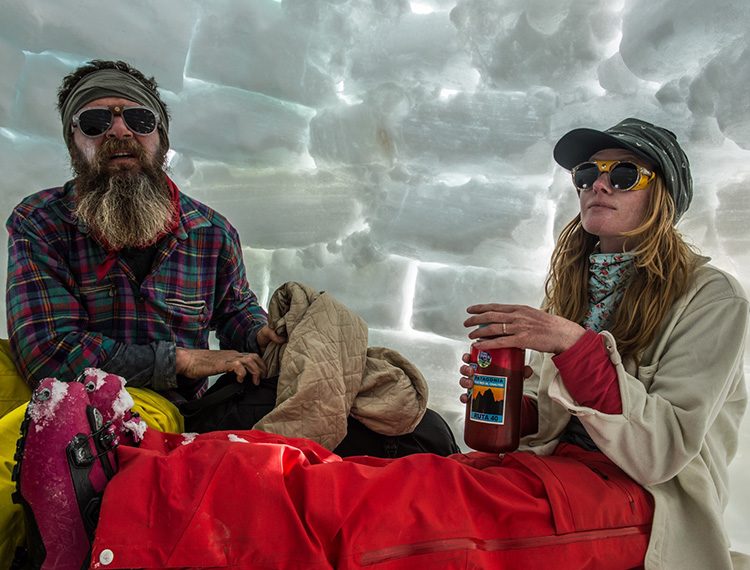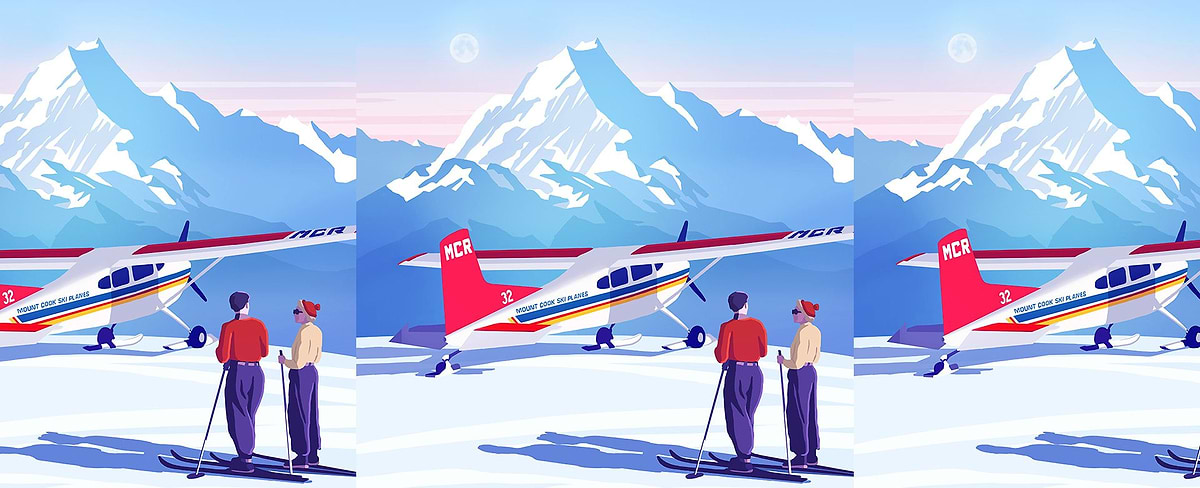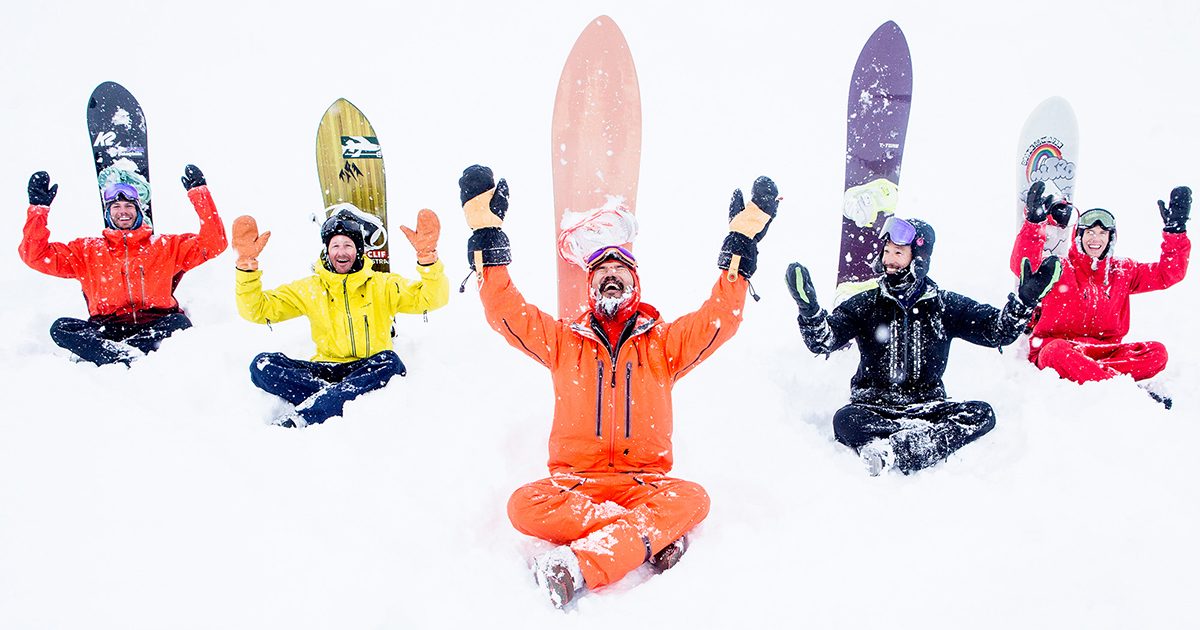The Weird and Wonderful
Words typical of the art world describe the commercial photography of Blake Jorgenson as ethereal, moody, phantasmagorical, and surreal. But then, these are the exact words used to describe the marquee shots Jorgenson created when he sat atop the world of outdoor photography during the last few decades.
The Canadian sharp shooter’s move into more mainstream advertising photography in recent years, when he traded big-fish-in-a-little-pond notoriety and athlete-photographer adulation for complete anonymity, was a necessary leap of faith for the artistically restless Jorgenson. It opened huge barn doors of creativity — and potential failure. But the Whistler-based Jorgenson wouldn’t have it any other way.
“I have this memory of playing pool with my dad,” he relates. ‘Don’t worry about the game,’ he said. ‘Because when you leave here, you won’t remember how many you’ve won, only the great shots you made.’”
Born in Hamilton, Ontario, Jorgenson was raised by his mother while she pursued a law career. Her dedication ultimately led the pair to the University of Toronto’s downtown campus. Ironically, his affinity for the outdoors began here. “We had a tiny condo across from the Art Gallery of Ontario. The landlords were these frat guys who took me canoeing, whitewater kayaking and skiing.”
On a trip to Whistler with his mother at age 16, he glimpsed the “Promised Land.” “I was struggling in school and rebelling against my mom being an academic after all we’d been through. I didn’t know what to do, but I was sure I didn’t want any career,” he recalls. He soon moved to Whistler to fully immerse in ski bumming. “But you can’t escape your programming,” he laughs. “Ultimately, I made a career from the things I was doing to avoid it.”
Jorgenson found work at the Blackcomb Tuning Centre, a ski tuning shop, where photographer Bruce Rowles was the lead hand. “I learned to ski tour and ski powder. We went skiing daily, and no one was up there — like this Church of Fresh Pow. The adventures were so inspiring, I wanted to photograph them.”
Like Rowles, he started off documenting missions with ski-shop friends. “Seeing Bruce’s photos in the magazines was the missing link in communicating what we were doing,” he explains. Before the days when you could text your parent a photo in an instant, a shot in a magazine reinforced that a move west wasn’t reckless — he was spending time in a positive and fulfilling way. Rowles encouraged Jorgenson to submit to photo editor Dave Reddick at the highly respected Powder Magazine, and he dutifully mailed in a sheet of 20 slides.
“I was living in an old A-frame house with eight guys, and there was a call that someone from a magazine wanted to talk to me,” he says. “I waded through dense bong smoke to the phone, and when Reddick introduced himself, I was speechless. He said he was running one of my shots and looked forward to seeing more from me.”
Though Jorgenson literally dropped the phone, it was a clarion call to embark on a mission to publish as many photos in Powder as possible. In those late-stage days of film, when you couldn’t review what you’d shot, intuition was the guiding hand, and Jorgenson’s distinctly artistic style evolved quickly — he calls it a combination of “luck and wanting to break the rules.” His evocative shots were often moody and filled with dark spaces, the environment of the star, the athlete (if there was one), a hint of a story, and, consistently, a strong sense of what it was like to be there.
Early on, it wasn’t hard to be inspired by the milieu he found himself in. Travelling the world with athlete friends, his technical expertise and artistic talent landed him a lifestyle more than a job. Evolutions like big mountain skiing, park and halfpipe kicked off a parallel renaissance in backcountry ski photography to which he applied his same cutting-edge style; ditto freeride mountain biking, with which he had immediate success. But he held close to the lessons of stumbles and defeats.
He’d win Whistler’s prestigious Pro Photo Showdown twice but also remembers losing many more times: “Losing can create a hunger to do something that blows people away. It allowed me to come back and win with a creation I never could have conjured without the emotional daggers through the heart.”
With the anti-career chip still firmly on his shoulder, Jorgenson clung to the underdog mentality, not wanting to embrace his success. “I liked the feeling of having nothing to lose. Pre-social media, there was always a year’s lag time for people to see what you were doing, and I was always coming out with stuff ahead of the curve, staying one step ahead. I never wanted to do the same thing I did the year before.”
But top-of-the-heap can be as lonely as anywhere, and staying there doesn’t always make sense. With the death of athlete friend and family man Dave Treadway and soon to become a father, Jorgenson took a hard look at the action sports world. “It’s mostly on spec and a young man’s gig — you live with your bags packed, ready to take on any opportunity and to be on top of it, you need to be out there all the time. So, I jumped into advertising to find more financial stability because I felt the glory days were over.”
Jorgenson quickly learned to say ‘no’ to projects that didn’t interest him or felt right. His undeniable talent, however, served him well as he rose in the commercial world. “On a shoot, I do everything now — creative director, producer, video director and still photographer.”
The results are arresting and unique, full of technical and creative wizardry, as weird, wonderful, and motivating as his venerated outdoor work. “I did not change my style. All I did was start working with bigger companies with higher demands and people that were more professional, says Jorgenson, adding he still loves the outdoors and skiing, which has kept him from moving to Los Angeles or New York City.”
But circles have a way of closing themselves. In October 2023, Jorgenson contributed a feature and bagged the cover of the 50th anniversary issue of Powder — an unexpected rebirth of the magazine’s print edition since shuttering in 2020. The resurrection threw the 48-year-old back to that life-changing phone call. “Looking at all the photos and adventures that led to today, I honestly owe the start of my photo career to David Reddick and Powder. They showed there’s magic in skiing — and an even bigger magic in getting to share it. Powder to the People.”
